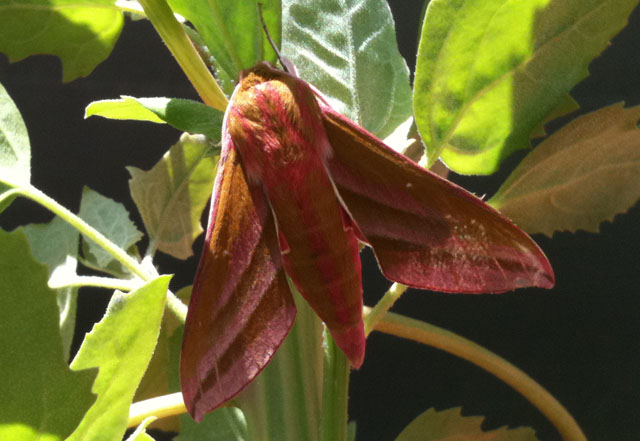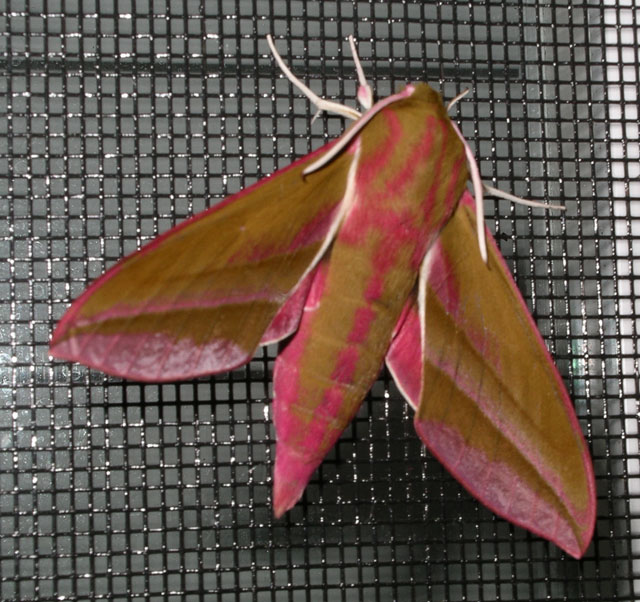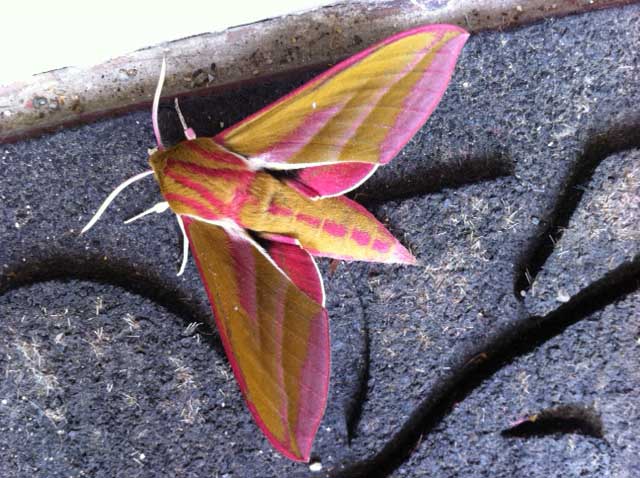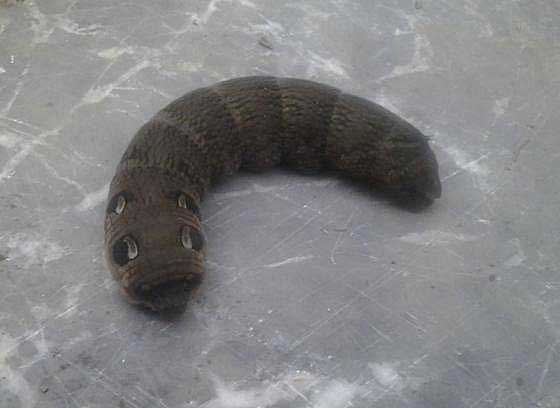"A non-migrant; resident throughout temperate Europe (Newman, 1965), including Sicily (Mariani, 1939) and Sardinia, across to western Siberia
and the Altai Mountains (Zolotarenko, Petrova & Shiryaev, 1978; Izerskiy, 1999). Also Turkey (de Freina, 1979); the Crimea and lower Volga river
(Zolotuhin, pers. comm.), the Ukraine (Dekhtyarev, 1929); and the Alborz Mountains of northern Iran (Sutton, 1963; Barou, 1967; Ebert, 1976).
Rarer in north-eastern Afghanistan (Ebert, 1969), but commoner in eastern Kazakhstan (Alpheraky, 1882; Danner, Eitschberger & Surholt, 1998) and
Uzbekistan (Kozhanchikov, 1930). Absent from northern Scandinavia, northern Russia, most of the Middle East, and North Africa (Rungs, 1981),
but recorded as far north as Ukhta in european Russia (Tatarinov, Sedykh & Dolgin, 2003).
"On the Iberian Peninsula, this species is found in northern and eastern Spain as far south as Malaga (Ribbe, 1909-1912), and down to southern Portugal
(Corley, 2004). There is one record from the Balearic Islands (Pérez De-Gregorio et al., 2001).
"Extra-limital range. From western Siberia (Eversmann, 1844; Zolotarenko, Petrova & Shiryaev, 1978) across southern Siberia and southern Yakutia
(Kaimuk et al., 2005) to the Russian Far East (Derzhavets, 1984; Izerskiy, 1999), Sakhalin Island (Dubatolov, 1991), the Kurile Islands (Dubatolov, 1991),
Korea (Danner, Eitschberger & Surholt, 1998) and Japan (Inoue et al., 1982). Also northern and central China as far south as the Tian Shan,
Xizang Province/Tibet, Sichuan Province and Nanjing (Chu & Wang, 1980b).
"Also southern British Columbia, Canada, as a recent introduction." TP
"Frequents the flood-plains of streams and rivers, but also occurs in damp forest clearings, town wastelands or railway cuttings; up to 1500m in the Alps." TP
"Hiding away amongst foliage by day, adults do not take flight, unlike many other hawkmoths, until well after dark, when flowers such as
Lonicera, Silene, Buddleja and Valeriana are avidly visited. Towards midnight, pairing takes place, with pairs rarely remaining in copula for more than two hours.
Following separation, females immediately begin to lay eggs, continuing to do so over a number of nights until approximately 100 have been deposited. It is
strongly attracted to light, with large numbers often coming to mercury-vapour lamps between 22.00 and 24.00 hours." TP
Adult moths are usually on the wing from "late May to early July, with a partial second generation in southern Europe from mid- to late August.
In exceptional years, some adults may also be found in August in southern England (Tutt, 1904). In the southern Urals, from late May until early July
(Nupponen & Fibiger, 2002); in southern Portugal, mainly in April and May (Corley, 2004)." TP
"OVUM: Almost spherical (c. 1.5 x 1.2mm), pale glossy green. Laid singly or in pairs underneath the leaves of its hostplant, hatching about
ten days later.
LARVA: Full-fed, 70--80mm. Dimorphic: brown or green.
Newly-hatched larva (4--5mm long) pale green, cylindrical, with a small, narrow horn. In the second instar the head is disproportionately small. With a
further moult, the first and second abdominal segments enlarge and have large and extremely realistic eye-spots. It is during this instar that most
change to the final dark form, although some remain green. In between feeding, both by day and at night, the young larva rests stretched out
beneath a leaf, where it is extremely well camouflaged. Later, larger individuals feed fully exposed at the top of a plant by day (Theunert, 1990) or
night, preferring flowers and seed-heads to leaves. When not feeding, it often retires to hide at the base of the plant where its dark coloration is of
greater advantage. Some larvae, especially those on Galium, may feed openly only at night, often in the company of those of M. stellatarum and D. porcellus.
"A striking feature of this species is its defensive behaviour. When alarmed, the head and the three thoracic segments are withdrawn into the first and second
abdominal segments, which expand greatly, enlarging the startling eye-spots. Even quite large birds have been known to flee at this sight. The coloration of
these 'eyes' remains bright until pupation. The larva can also swim if it drops from emergent aquatic hostplants into the water below.
"Occurs between early June and late September, in overlapping generations.
"Major Hostplants. Epilobium and, to a lesser extent, Galium.
"Minor Hostplants. Fuchsia, Impatiens, Lythrum, Calla, Menyanthes (Schroeder, 1990) and Lonicera in northern Europe. In its southern range also on
Vitis (Kozhanchikov, 1930; Rambur, 1942), Parthenocissus, Circaea, Oenothera, Arisaema, Polygonum, Daucus, Lysimachia and Rumex. It used to be an
occasional major pest of grapevines in southern Europe (Dekhtyarev, 1929), but rarely so today.
"PUPA: 35--47mm. Similar to those of Hippotion celerio and Theretra alecto, but easily distinguished by having a strongly reduced proboscis; brown
coloration streaked with even darker brown; and a single row of spines on each mobile, abdominal segment. The function of these has yet to be ascertained,
but Brock (1990) has demonstrated that if cocoons of this species are flooded or exposed to high humidity, up to 90 per cent of pupae rapidly work their way
out of the cocoon by using these spines. This behaviour may be an adaptation to avoid drowning during flooding of the habitat. Even so, pupae are very active,
often working their way out of their cocoon prior to emergence. Pupation takes place very close to the hostplant in a strongish mesh cocoon amongst debris on the
ground. Overwinters as a pupa." TP
One of the best sites to visit for information and pictures of Sphingidae
is
Tony Pittaway's "Sphingidae of the Western Paleartic". Most of the information on this page has been taken from that site.
Use your browser "Back" button to return to the previous page.
Goto Main Sphingidae Index
Goto Macroglossini Tribe
Goto Central American Indices
Goto Carribean Islands
Goto South American Indices
Goto U.S.A. tables
Enjoy some of nature's wonderments, giant silk moth cocoons.
These cocoons are for sale winter and fall. Beautiful Saturniidae moths will emerge the following spring and summer.
Read Actias luna rearing article.
Additional online help available.
Eggs of many North American species are offered during the spring and summer. Occasionally
summer Actias luna and summer Antheraea polyphemus cocoons are available. Shipping to US destinations is done
from with in the US.
Use your browser "Back" button to return to the previous page.
This page is brought to you by
Bill Oehlke and the
WLSS. Pages are on space rented from Bizland. If you would like
to become a "Patron of the Sphingidae Site", contact Bill.
Please send sightings/images to Bill. I will do my best to respond to
requests for identification help.





